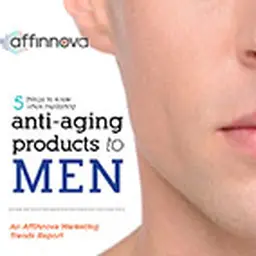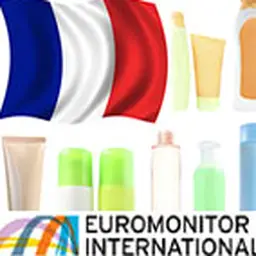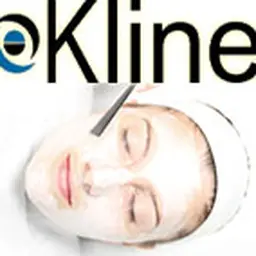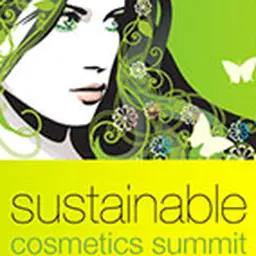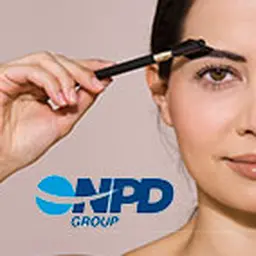
Should we be sceptical as regards the spectacular wave we have been observing on pollution, or more precisely antipollution? For my part, I must admit the fact that this concept has become ubiquitous is starting to get on my nerves. I do not think I will get that many positive comments by dealing with this issue, but we should recognize it is almost tackled with a one-track approach, since, whatever we do, and wherever we look, pollution, and especially antipollution, remains the dominant issue.
The whole year was punctuated with events, symposiums, webinars, congresses, and various publications exclusively focused on it. And specialized websites have shown really successful, as their traffic has exploded. Just have a look at this graph:
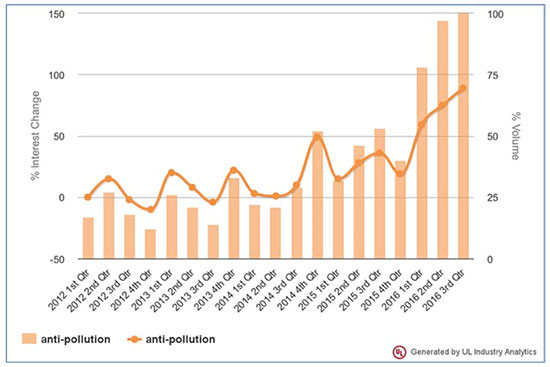
I am not questioning the significance of the issue here, I am simply discussing the importance we give it. Indeed, we have the impression it is an absolutely dominant phenomenon, and it is an absolute emergency to take measures against it.
But is it that new? Remember these days:

Pollution used to be really different, but no less important, and most likely more intense. In the 19th century, new forms of pollution massively developed as a recurring phenomenon in the cities concerned by the Industrial Revolution, in particular because of the increased use of coal and factories. Cosmetics brands already raised their voices about it. That is how, in 1917, Pond’s used the following slogan for their cold cream: 'C
leanse your skin of all the dirt which lodges in the pores through the day, and which, more than anything else, injures the skin'.
Meanwhile, night creams were recommended to put the finishing touches: '
Its gentle oils will sink deep into the pores especially during sleep and cleanse the skin thoroughly (Pond's advertisement, 1927)'.
In the 1990s, a few brands like Clarins had already developed an antipollution protection, without it being such a success. Between 1992 and 2015, urban pollution constantly declined in Paris, except for ozone pollution:
• Nitrogen dioxide: from 54 to 30 µg/m³
• Nitrogen oxides NOx: from 105 to 47 µg of equivalent NO₂/m³
• Nitrous oxide N: from 36 to 11 µg/m³
• Black smoke: from 34 to 10 µg/m³
• PM10 particles: from 21 to 11 µg/m³
• PM2.5 particles: from 22 to 13 µg/m³, a significant decline, especially as from 2010
• Benzene: from 5.6 to 1 µg/m³
• Carbon monoxide (CO): from 500 to 300 µg/m³
• Sulphur dioxide (SO₂): from 27 to 6 µg/m³, and then lower than the detection limit since 2007
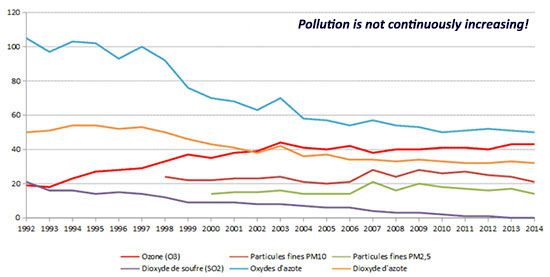
If, since the 1990s-2000s,
the levels of various primary pollutants have decreased
a lot in the ambient air, the levels of certain compounds are still higher than those imposed by health recommendations. This concerns the ozone in particular, but also fine particles and nitrogen oxides. In addition, although the air quality in big cities is, overall, better than 10 or 20 years ago, urbanization and increased car traffic, as well as certain industrial activities, still lead, locally or once in a while, to situations of strong exposure to air pollutants. Is that enough to explain this sudden craze for this issue? The answer most probably involves several levels to be taken into account.
At the top, there is Asia. In this picture, the environmental consequences of this phenomenon are clear:
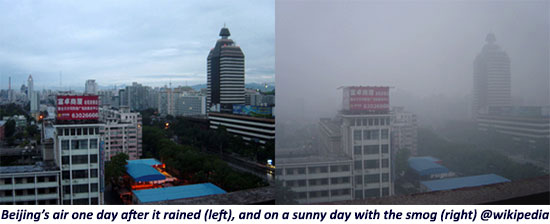
There was no doubt it would gradually involve more and more people. Besides, the phenomenon mainly concerns Asian countries right now. On this map, you can follow air pollution rates in the world in real time.
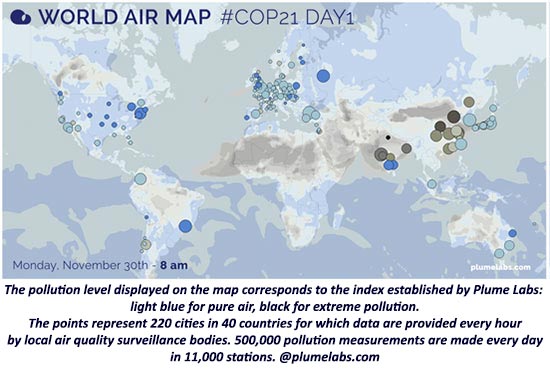
Can these pollution levels justify the fact that the whole cosmetics industry has rushed on the issue as one man? Not sure, especially since all brands cannot be ‘Chinese compatible’! So, there are other reasons. In the meantime, test means significantly improved. While it had almost never been possible to provide objective evidence of the consequences of pollution on skin quality, new tests, and especially new biological targets made it possible to deal with this issue again. That is how, although no one had heard about them, we had to get familiar with the ArH ligand, nr2f, various cytokines, mRNA, and a few others of their inflammation mediator or player cousins. The well-known, recurring ‘test effect’ is at stake here, and it will soon be the case as well with the botox-like effects studied with the new microfluidics chips that replicate the neuromuscular junction.
Ultimately, the last factor may have to do with a process at least as noxious as pollution: commoditization, or the process resulting in people suddenly doing the same thing at the same time. I would like to focus more on this last aspect. Although it is a common process in the world of innovation (that is erratic innovation), it seems to me that in the case at stake here, this process is quite pernicious. Indeed, the question is to know what precedes what: knowledge and science, or the market? I would mind it if it were the market. But to me, what is disturbing is to believe it is science that precedes the market, whereas in real life, the idea is almost mainly to play with demand for marketing purposes. I am not sure the industry will benefit from this, especially since, as usual, it is the one that does it for less money that will take advantage of the situation. In any case, it makes things much more standardized, and above all, it dramatically reduces the capacity to innovate in other fields.
In addition, another phenomenon makes the issue really more complex: ‘what solution do we provide?’
To deal with these issues, cosmetic ingredient suppliers and, by extension, brands, have lately developed two main types of solutions:
•
‘Shields’, which physically protect the skin
by preventing any contact with the surrounding pollution
•
Fighting against the effects of pollution
with antioxidant, anti-free radical, and/or anti-inflammatory substances
Among others, confusion is maintained by the fact that if certain manufacturers develop solutions based on new evidence, others bring already existing specialties up to date. Indeed, at the end of the day, it all ends up with an anti-wrinkle test, like many other things with much different mechanisms of action!!! There are even ingredients of the commoditization type warmly recommended for it.
In the long run, the arguments given are confusing, and even opinion leaders have difficulties finding the right tone. Should there be a classification depending on the mechanisms of action? It is always hard to categorize things. Should we develop a more holistic approach under the heading ‘bioremediation’?
In conclusion, I will simply repeat what I said in my previous mood note dealing with this issue : ‘So, indeed, we should take interest in pollution, but we should not approach it with one-track thinking and place it at the core of our concerns. The commoditization risk is the consequence of this type of generalized approach. Let’s not forget either about certain recent concepts which offer particularly attractive applications, like microARN or exosomes, among other new research themes.’
Do not take these remarks as systematic criticisms, but rather as discussion material, and maybe progress factors. The fact that brands compete with each other on these narrow segments will not make anyone benefit from it.
As we approach the end of the year, it only remains for me to thank you for your attention, wish you a Merry Christmas and a Happy New Year, and make a wish, so that the year to come may be marked by success and satisfaction.
Jean Claude Le Joliff

